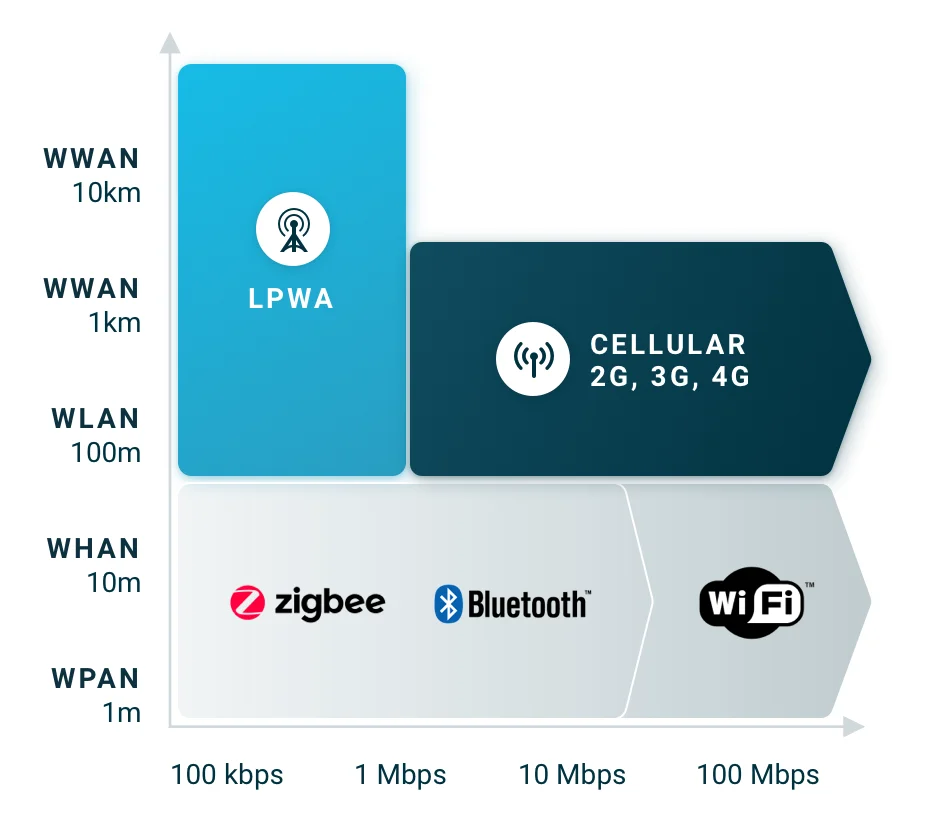Welcome
At 1GLOBAL, our mission is to make IoT connectivity simple.
1GLOBAL IoT is focused on radically simplifying the supply chain for you to connect IoT devices anywhere in the world. It seeks to enable deeper insights into your devices and behaviour—creating long lasting services that can be updated anywhere, anytime.
1GLOBAL's global mobile network allows you to connect devices easily and provides control over connectivity and device activation through an easy to use management platform.
We created 1GLOBAL for connecting the world. It’s designed for innovators that are creating products that want to change the world through intelligent, connected solutions. We fundamentally believe in unleashing the potential of connected devices through trusted connectivity to the cloud and by enabling new connected experiences at global scale for our customers.
At 1GLOBAL we are your single trusted partner for hardware, software and global connectivity for IoT . It’s easy to get started and we have global scale with local points of presence that make sure you are never far from home.
Highlights
- Global connectivity plans to cover the needs for IoT devices in 206 countries with access to over 440 mobile networks
- LTE Access in 97 countries and LTE-M Access in 27 countries
- Flexible fixed and variable pricing models to support any business model
- Full management of connectivity via connectivity management platform
- eSIM as standard to future proof devices
- Easy to use online activation of SIM’s
The Internet of Things
Fundamentally, with the Internet of Things (IoT) we are talking about connecting physical things to the internet. Things that are connected can be controlled, transmit data, act intelligently and merge the digital and physical environment.
This is not new (it’s been done since the ‘80s) however the necessary technology and ingredients are now readily available:
Small, cheap, low power chips that can communicate wirelessly are widely available on the market
Cloud computing capacity can be launched at the touch of a button, in a competitive marketplace and global scale
Connectivity for any device is accessible. Broadband, cellular and other wireless networks make it easier than ever to connect things
Data: Low-bandwidth connectivity for small amount of data to be transferred
Coverage: Low frequencies of communication, long range with deep indoor penetration
Power: Long battery life (>10 years)
Price: Low-cost devices with seldom maintenance
We are seeing new solutions each and every day appear with up to 10-year battery life and very small form factor.
IoT Challenges
Across the world, customers deploying IoT solutions face a number of challenges.
Connectivity
Customers are expected to source multiple connectivity agreements for different devices and regions. Often with costly connectivity spend, minimum comments and unfriendly tariff structures.
There are multiple network access technologies to choose from (2G, 3G, 4G, 4G, NB-IoT, LTE-M, LTE, Sigfox, LoRA) with significant fragmentation from network providers around the world and with inconsistent performance of networks based on location.
When deploying new connected devices, whilst 20% of the cost might only directly relate to the connectivity, often 80% of the problems experienced by IoT devices relate to the network connectivity. For many, the vendor lock-in for connectivity providers means no ability to resolve once a device is in use.
Global Supply Chain
It’s really not scalable, cost-efficient or practical to pre-agree and select SIM cards for devices when you have no knowledge of where they will be used or travel to. For the predicted 4 billion cellular connections to be a reality, pre-determining on which connectivity service to use in which part of the world is simply impractical.
We live in world where the supply chain, manufacturing and logistics for enabling connectivity is looking to simplify and reduce costs and creating a single SKU for Global distribution of IoT products is a key challenge with the current mobile connectivity ecosystem.
Integration
Selecting a connectivity provider demands a deep technical expertise in creating connected systems but also a multi-party agreement across SIM vendors and Mobile Network Operators. Often products don't integrate or work well together leaving many customers with devices not functioning or performing well the first time they are connected.
Bill of Materials
Scaling the Internet of Things is about cost, size and power. Whilst prices come down for some components the total cost of hardware, software and services whilst optimising battery consumption, space, waterproofing all whilst ensuring to protect the device and customers data is a big challenge.
Business Model
The channel to market for connected things remains a challenge.
For some, local network operators are an important channel to ensure device goes to market connected to a network. For others, bundling connectivity with a device presents an opportunity for recurring revenue generation for hardware focused businesses.
New business models whether it be B2B, B2C or B2BX all need to be supported in the complex value chain of IoT.
Security
Ensuring that customers and critical data is protected from hacking or hijacking risks is critical. Having the capabilities and know-how to actively put in place security features that need to be implemented to adequately protect IoT Service assets, and proper risk and privacy impact assessment processes to derive their specific security needs.
